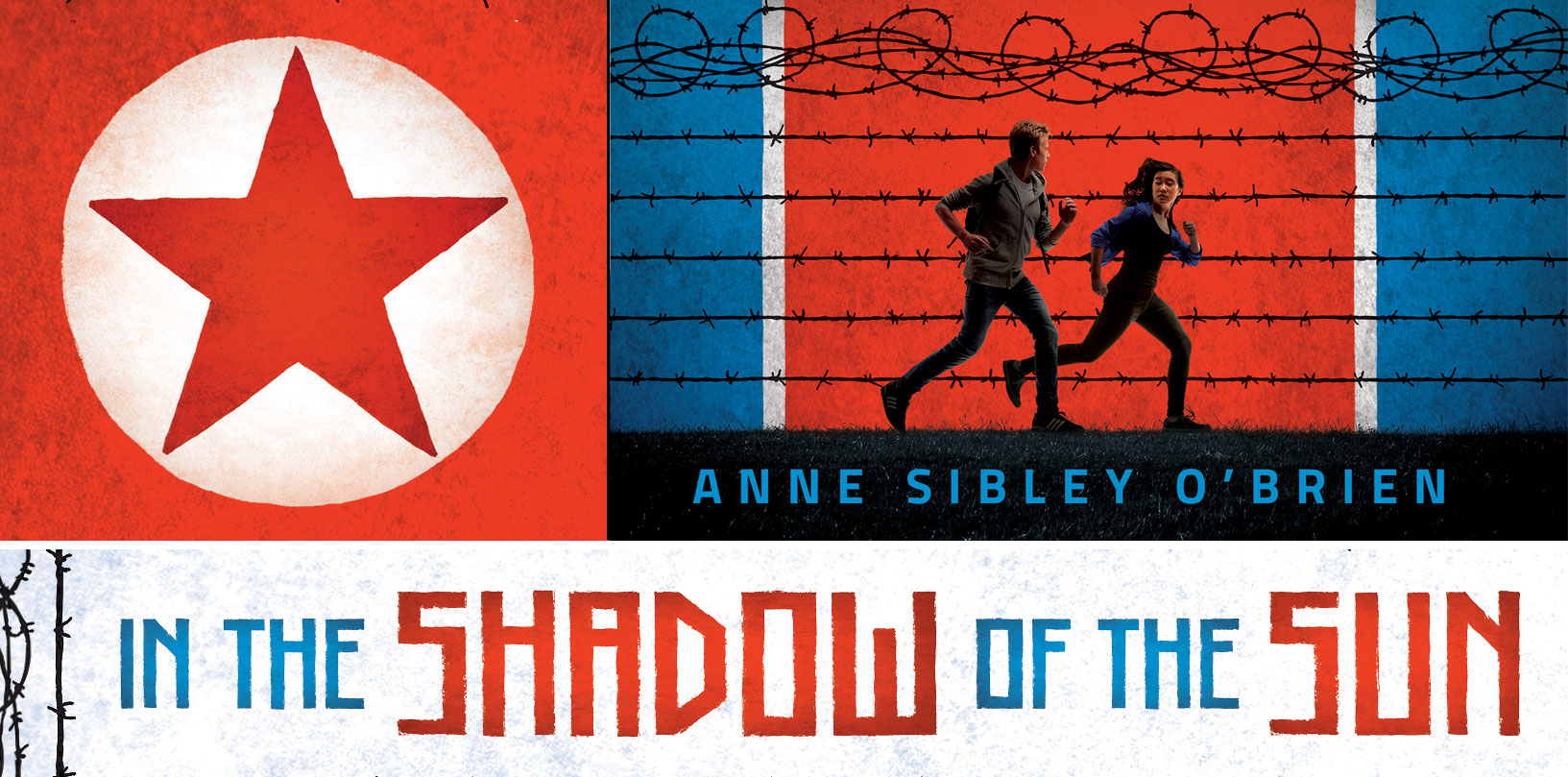Once again I participated in a National Association of Korean Schools teachers conference – the second in a week – this one the New England chapter, in North Andover, MA. (It’s a complete coincidence that I did them back-to-back; this invitation came through another Korean acquaintance.) Annual gatherings like the two I attended offer teachers (mostly volunteers) from across a region the chance to connect and to gain new knowledge, skills and inspiration to improve the effectiveness of their instruction.
 It’s interesting to note the similarities in the two events: Korean churches as venues; a preponderance among teachers of recent immigrants whose first language is Korean, rather than 2nd- or 3rd-generation members; and opening with the singing of both the “Ae-guk-ga” – the Korean national anthem, and “The Star- Spangled Banner”. These traits seem typical of that segment of the Korean American community whose adult members are foreign-born; it’s Korean-language-based, centers around Protestant churches, and claims both Korean and American allegiance.
It’s interesting to note the similarities in the two events: Korean churches as venues; a preponderance among teachers of recent immigrants whose first language is Korean, rather than 2nd- or 3rd-generation members; and opening with the singing of both the “Ae-guk-ga” – the Korean national anthem, and “The Star- Spangled Banner”. These traits seem typical of that segment of the Korean American community whose adult members are foreign-born; it’s Korean-language-based, centers around Protestant churches, and claims both Korean and American allegiance.My presentation (in Korean again, but this one benefited from last week’s warm-up) focused on using books in Korean language school classrooms to help children absorb culture, strengthening their connection to Korea and their bicultural identities. I featured two of my titles, The Legend of Hong Kil Dong: The Robin Hood of Korea, and What Will You Be, Sara Mee? by Kate Aver Avraham, which I illustrated, as examples of how books can be used, and shared a list of titles, most by Korean American authors, for further exploration.
Some recommended books on Korean culturePreschool – 2nd gradeBae, Hyun-Ju, New Clothes for New Year’s DayPark, Linda Sue, Bee-bim Bop!Schoettler, Joan, Good Fortune in a Wrapping ClothOlder Elementary (3rd-6th grade)Park, Linda Sue, A Single Shard; Seesaw Girl; The Kite Fighters; & Archer’s QuestMiddle/High SchoolKim Dong Hwa, The Color of Earth, The Color of Water, and The Color of Heaven (graphic novels)
Some recommended books on the Korean American experiencePreschool – 2nd gradePark, Frances, Good-Bye, 382 Shin Dang DongOlder Elementary (3rd-6th grade)Han, Jenny, Clara Lee and the Apple Pie DreamYoo, Paula, Sixteen Years in Sixteen Seconds: The Sammy Lee StoryMiddle/High SchoolLee, Marie G., Necessary Roughness & Finding My VoiceNa, An, Wait for MeWoo, Sung J., Everything AsianYoo, David, Girls for BreakfastYoo, Paula, Good EnoughQuestions for discussion:How are the characters like you? Different from you?How was being Korean an asset for the character? A challenge?Did you learn anything cool about Korean culture or about being Korean?




